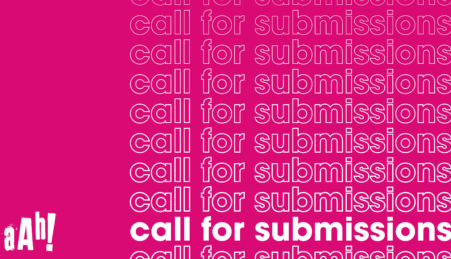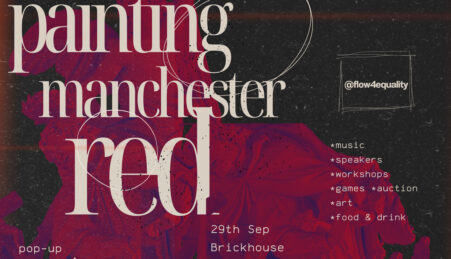
Humanity Hallows Issue 4 Out Now!
Pick up your copy on campus or read online.
Humanity Hallows asked students about the books that changed their lives. Ben Cassidy talks about Ray Bradbury’s Fahrenheit 451.
By Benjamin Cassidy
The words ‘this book changed my life’ are fundamental to the very essence of what literature is, and what it can inspire in people. Whilst many may not suddenly become all they hoped to become upon finishing a novel (the most common form of literature associated with life-altering influences), the very fact that they have an aspiration previously unrealised does symbolise a change in them. There is one book above all others that has had a profound effect upon me, and through its message I finally realised what I want to do with my life, and also why I am so drawn to my choice.
When the topic of Dystopia comes up in fiction, the two undisputed heavy-weights of the genre naturally spring to mind. They are Brave New World by Aldous Huxley published in 1932, and George Orwell’s 1984, published seventeen years later in 1949. Perhaps this is owing to their commercial successes and also the frightening accuracy of aspects of their prescience. What both have in common is the use of, at the time, yet undiscovered technology being used extensively in the plot and themes, describing their use for the purposes of oppression and subversion. That is where the book I wish to discuss differs. It uses something far more primal and tangibly symbolic: fire as a weapon to destroy thinking.
In 1953, Ray Bradbury published his novel which is about a future society, where the role of firemen is to start fires, where they burn books, instead of putting them out. The violence is aimed at the books themselves and those who burn them are not the traditional antagonists, simply doing what they deem to be right. Like any good story, there needs to be conflict involved, for the story to play out. This comes in the shape of Bradbury’s protagonist, Guy Montag, who is a fireman who begins to question why he is burning the books, and thus begins to understand their value and significance.
Having first read the book as a child, aged 10, (given a copy by my father) the idea absolutely horrified me. At the time, I didn’t truly understand the concept of censorship and the acts described in the narrative as against democracy or them being a method to control people. I simply imagined my books being systematically destroyed and the contents in them never being available for others. The thought of not being able to read the stories made me sad, and I felt very strongly that to burn books was wrong and wicked.
Some years later, when I was thirty-two, I thought again of Bradbury’s story, after reading an article about banned books, and the fact that I hadn’t re-read it as an adult (there is a film adaptation that I had seen a few times). I felt deeply shocked, and immediately went out to the book shop that day and read it cover to cover. I raced through the pages, and became completely absorbed in the prose. All of the metaphors suddenly made so much sense to me, and seemed to re-affirm what I already know, that books are a sacred volume of collected thought arranged into meaningful sound patterns, that have the ability to transpose time and place, and give hope and courage and direction to those who read them. That was the day I realised what I wanted to do with my life. I felt a responsibility to respond to the power of my emotions that Bradbury stirred in me. That was the day a fire was born within me that I knew must be given oxygen to blaze and burn. That was the day I began writing fiction, and decided I wanted to be a writer.
Is there a book that has had a profound impact on your life? Send your story to HumanityHallows.editor@gmail.com






Leave a reply